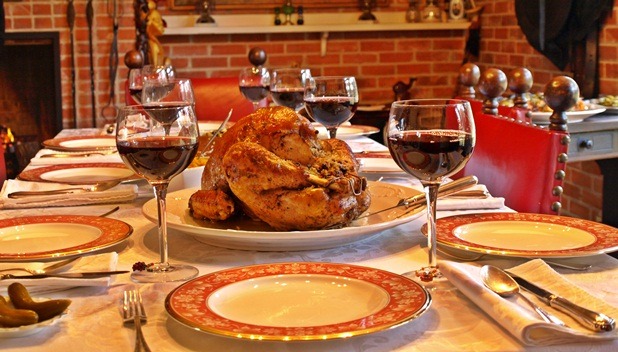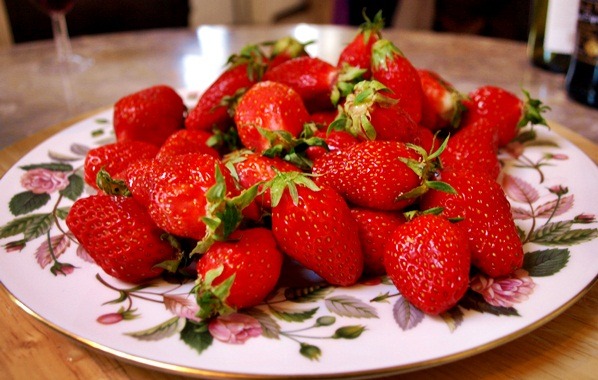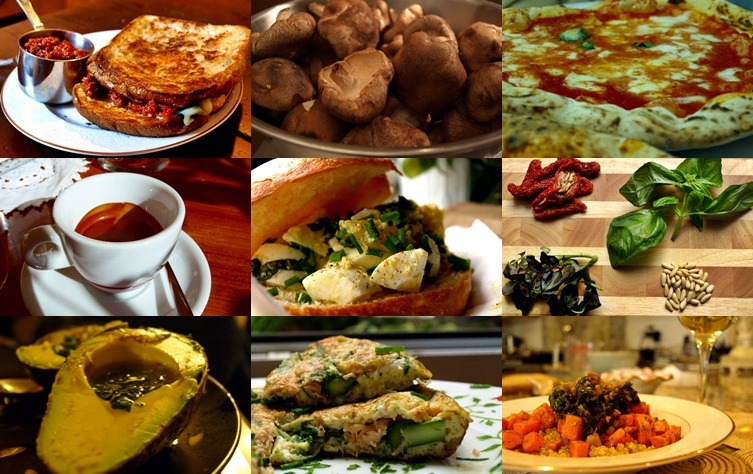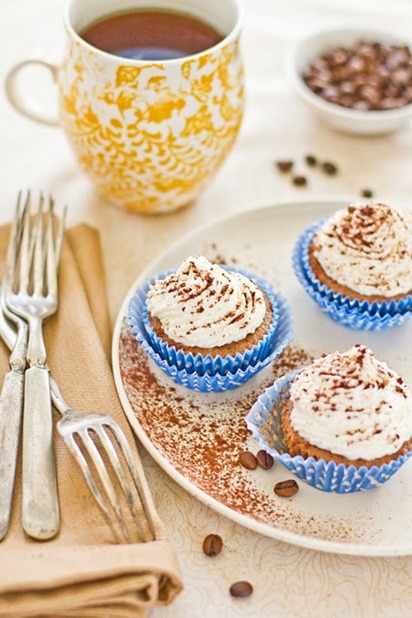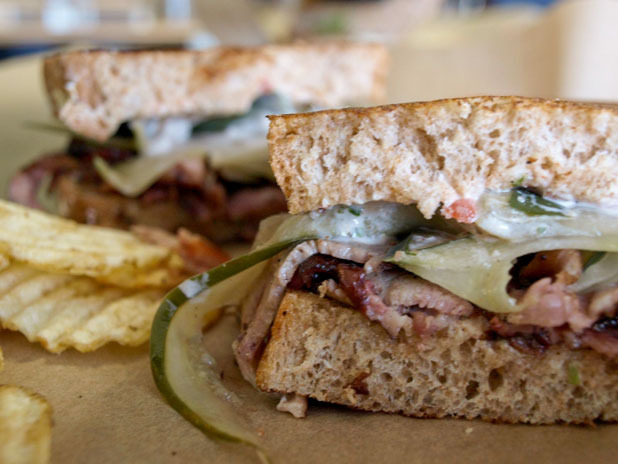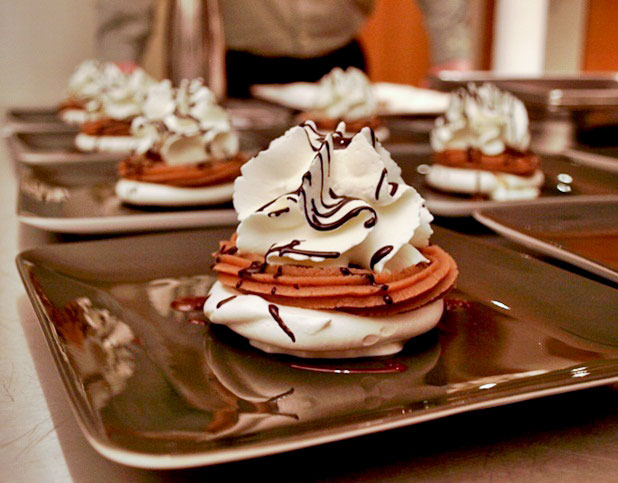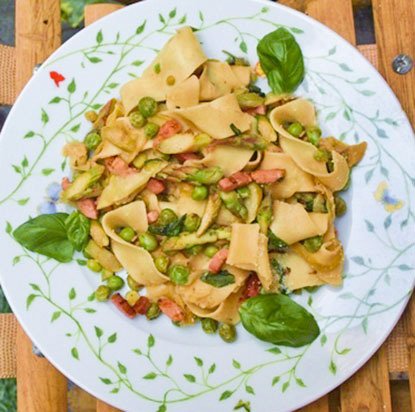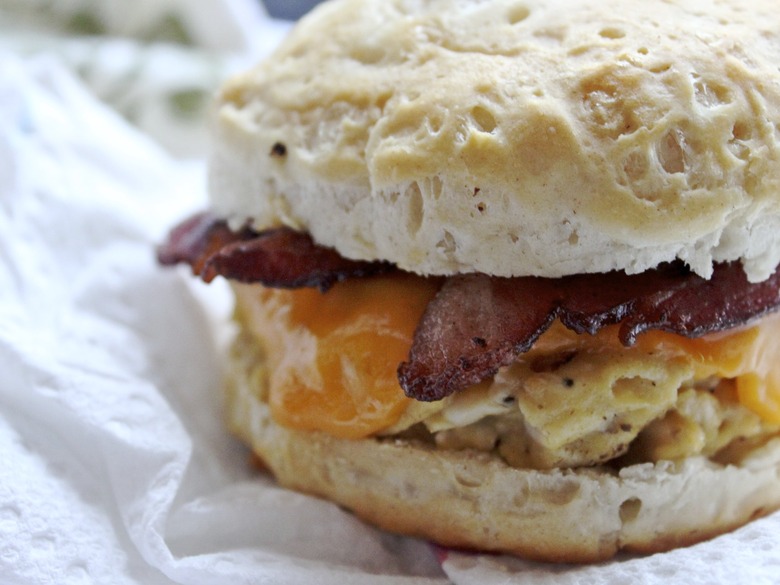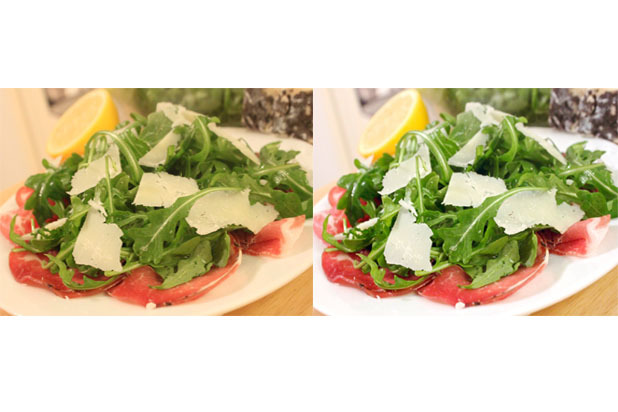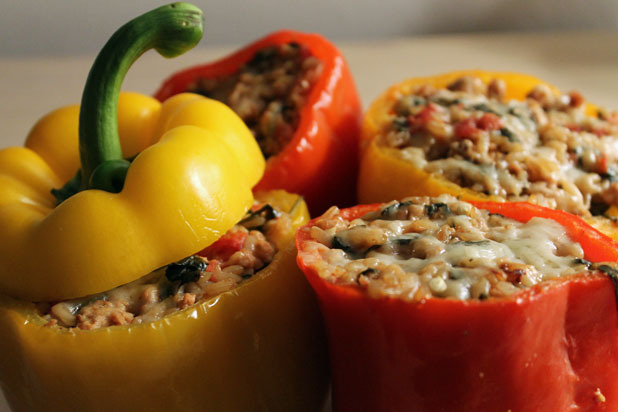10 Tips For Gorgeous Food Photos Slideshow
A lot of the nicest food photos I've seen include strategically placed slices of baguettes, a pretty cup of tea, or a nicely folded linen napkin. The little things that you may not notice right away make a big difference in the overall effect of a photo. Just make sure that the props make sense for the theme and context of what you're shooting — you don't want a glass of wine in the background of a breakfast dish. Try envisioning the shot before you take the photo, so you'll know what you want in there.
6. Change Up the Plates
As with tip number five, it is always nice to show your readers some variety in your photos by using different types of cookware — from skillets and casserole dishes to simple or elaborate plates. In general, it is a good idea to try and match a plate's design to the style of food. For example, while a flowery plate would look great underneath some bright and fresh strawberries and an elaborate piece of china would look good underneath a muffin or scone, a solid colored plate would probably look better under a pot roast or darker colored sauces. I use white plates more than anything else, since they help reflect light back on the food particularly well.
9. Go Crazy with Your Memory Card
Take as many photos as you possibly can, because this is the best way to find your own style and preferences in food photography. You will also be surprised by the number of times you will love a photo on your camera screen, only to look at it again on the computer and feel differently. The more photos you take, the more you give yourself to work with.
10. Keep Getting Jealous
OK, I used this phrase just to get your attention, but a great way to improve your photo-taking skills is to regularly look at food blogs and sites that you admire, and to try to figure out what exactly is catching your attention. Is it the lighting, the plate color, or maybe the contrasts of the photo? Just keep on browsing and pick out what pleases you. And of course, have fun!
2. Experiment with Angles
While taking a shot of food from a bird's-eye view can sometimes look good (especially for bright and colorful salads), it can sometimes be more aesthetically pleasing to see your food from a lateral perspective and to get a feel for every layer in the dish. Its important to play around with all of these angles to see what works best. Try not including the full dish in the photo, taking a vertical shot, or angling the camera in different ways also, see tip number nine for more on this.
7. No Flashdance Here
You may want to turn it on, but please resist — photos taken with a flash will never look good. I won't even listen to your argument, so don't try. This conveniently leads me to my next point...
8. Natural Light Is Your Best Friend
Ideally you should try to take food photos during the day, near a window where sunlight comes in. However, if you find yourself taking photos in the evening, try to make sure there is light coming from all different angles so that there will be no shadows or dark spots in the photo. A good trick to enhance lighting is to cover cookie sheets with tin foil and to prop them up around your food.
1. Don't be Afraid to Get Close
This is one relationship where you dont have to worry about the level of intimacy the closer you get to the food the better! It is always enjoyable to see food from up close for both you and your viewers. But, it is important not to lose the context of what youre shooting. You dont want to get too close and make it impossible to tell what it is you're taking a photo of.
Click here to see the World's Best Bacon, Egg & Cheese recipe.
3. Use Photo Editing Tools
Playing around with the contrast, brightness, saturation, and sharpness of a picture with photo editing tools can help take your reader from, "I'm getting decently hungry," to, "Oh man I wish this was in my belly right now." There are some free programs available online, so you can play around with them in your free time to get comfortable with the features.
4. Use Photo-Friendly Food Colors
Brown or earth-colored meats and sauces are notoriously difficult to photograph well. On the other hand, photo-friendly colors such as green, red, and orange are easy to work with and look great when contrasted against each other. Fortunately, nature provides us with more than enough of these colors in fruits and vegetables.
